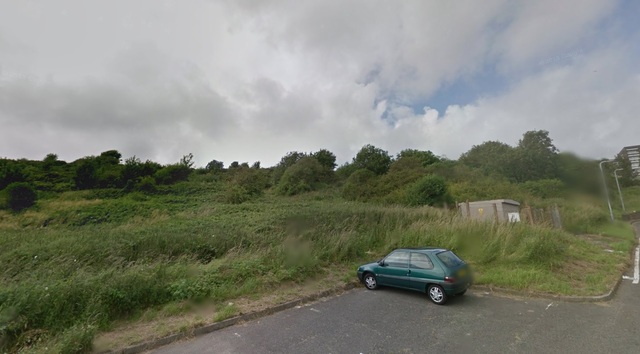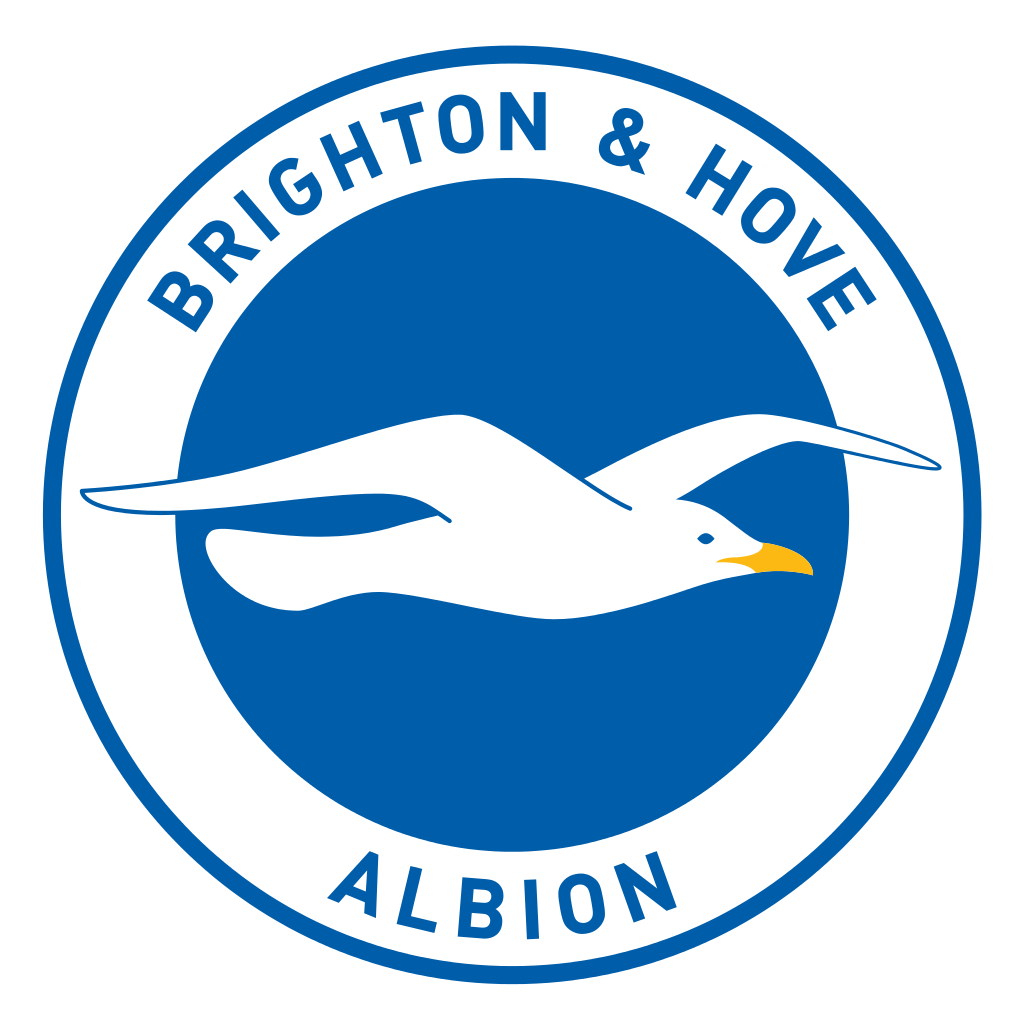Campaigners trying to protect one of Brighton’s most important wildlife havens from housing plans have accused the council of trying to “wash its hands” of key decisions.
A deputation to the council led by one of the campaigners said that officials seemed to want to palm off vital decisions to the Planning Inspectorate.
But the inspectorate was “a national body remote from our city and landscapes”, the deputation, led by Richard Bickers, said.
Mr Bickers, who chairs the Friends of Whitehawk Hill, called on Brighton and Hove City Council to remove the Whitehawk Hill Nature Reserve from a list of potential housing sites.
Earlier this year the group successfully fought off plans to build hundreds of low-cost homes on the site.
Mr Bickers said: “Public opposition to development on Whitehawk Hill was clearly demonstrated during the Save Whitehawk Hill campaign.”
But even though the area is designated as a “local nature reserve” supporting rare and scarce habitats, he said that the council proposed allocating the site for housing in a planning blueprint.
He called on the council’s Tourism, Equalities, Communities and Culture Committee to “take ownership” of the situation as work continued on the blueprint, known as the City Plan Part Two.
The site was included after a planning inspector criticised the housing shortfall in the council’s long-term vision for Brighton and Hove.
As a result, the council reviewed dozens of sites, mostly greenfield sites and many of them on the edge or the fringes of the city. This was known as the “urban fringe assessment”.
A number of sites were found to be potentially suitable for development, including land next to Brighton Racecourse, at Whitehawk Hill.
At Hove Town Hall this afternoon (Thursday 21 November) Mr Bickers made a plea to councillors not to allow housing on the nature reserve.
He said: “It would cut the heart out of the hill’s gorse scrub, a historic landscape feature and habitat which occurs on this part of Whitehawk Hill and not elsewhere, reflecting local differences in soils and forming part of the diversity of the reserve.
“This was barely recognised in the Urban Fringe Assessment. This is used as a breeding habitat by a special group of birds, including Dartford warbler and stonechat, which have bred there in recent years, as well as linnet.”
Mr Bickers said that losing the linnets as a breeding species from the hill would be a “significant loss” to the reserve.
He and his fellow campaigners were urged to take part in a future public consultation about the City Plan Part Two.
They were told that the public had already been consulted about the plan twice before – in 2016 and last year – but they would be given another chance to comment.
Labour councillor Alan Robins, who chairs the Tourism, Equalities, Communities and Culture Committee, said that there had been a 10-week consultation in September 2018. And a further consultation was expected to be carried out in the new year.
Councillor Robins said: “It would not be appropriate to look at submitted representations again at this stage. It would be unfair on others who submitted during the consultation period.”
He encouraged the campaigners to respond to the next consultation once City Plan Part Two was out for public consultation again.
The current version of the City Plan Part Two is due to be considered by the committee again on Thursday 16 January and by the full council on Thursday 30 January.







